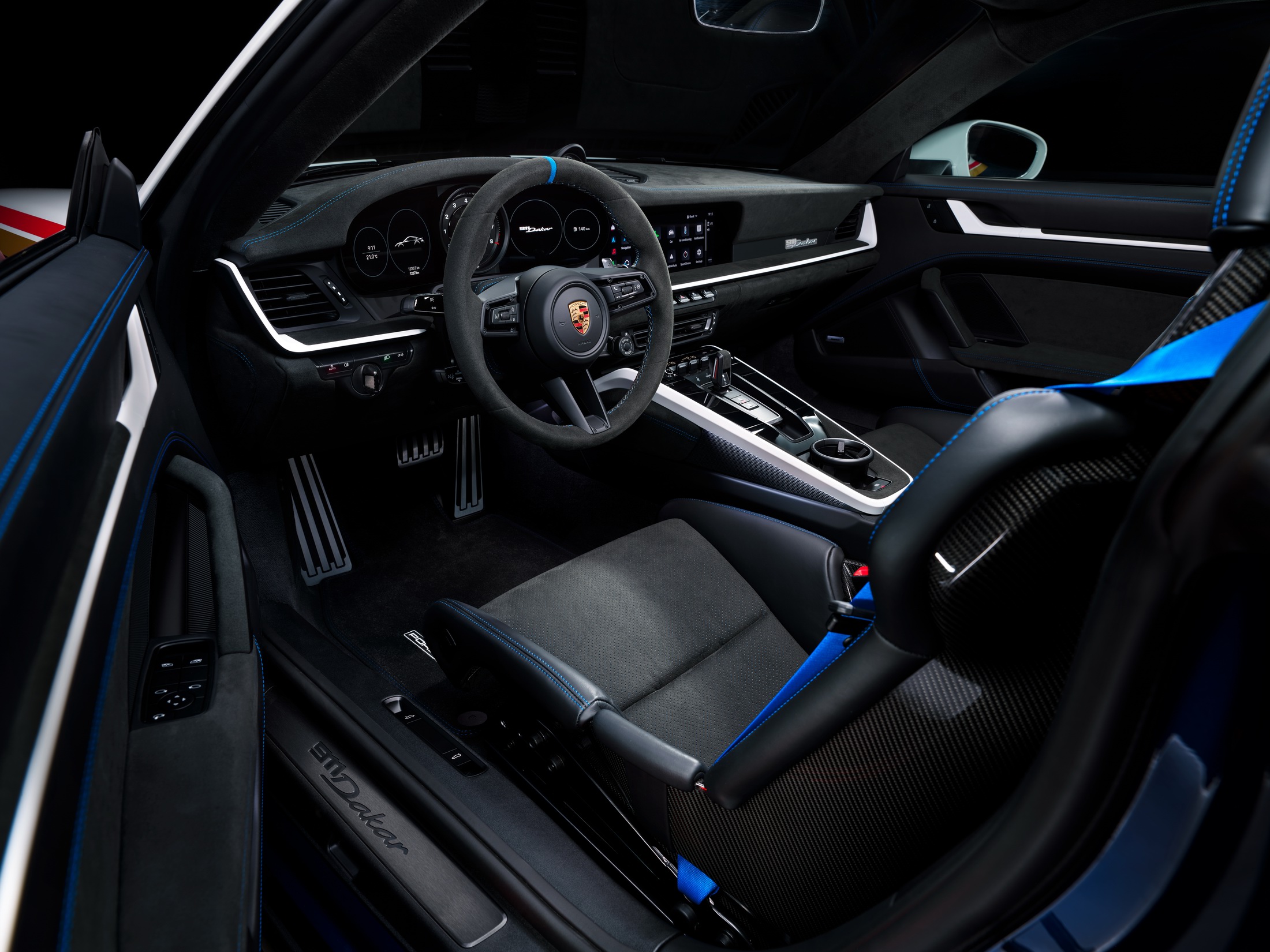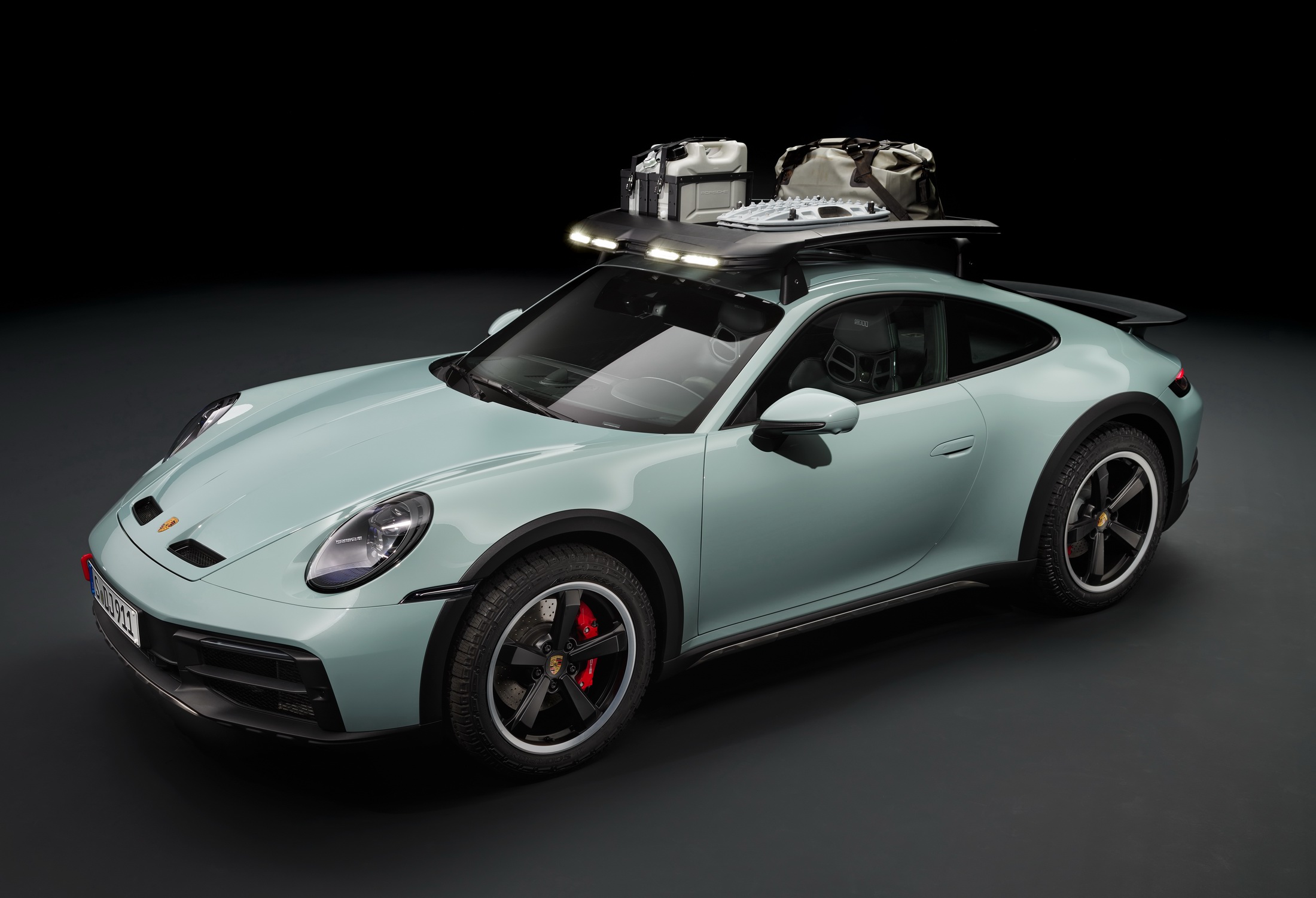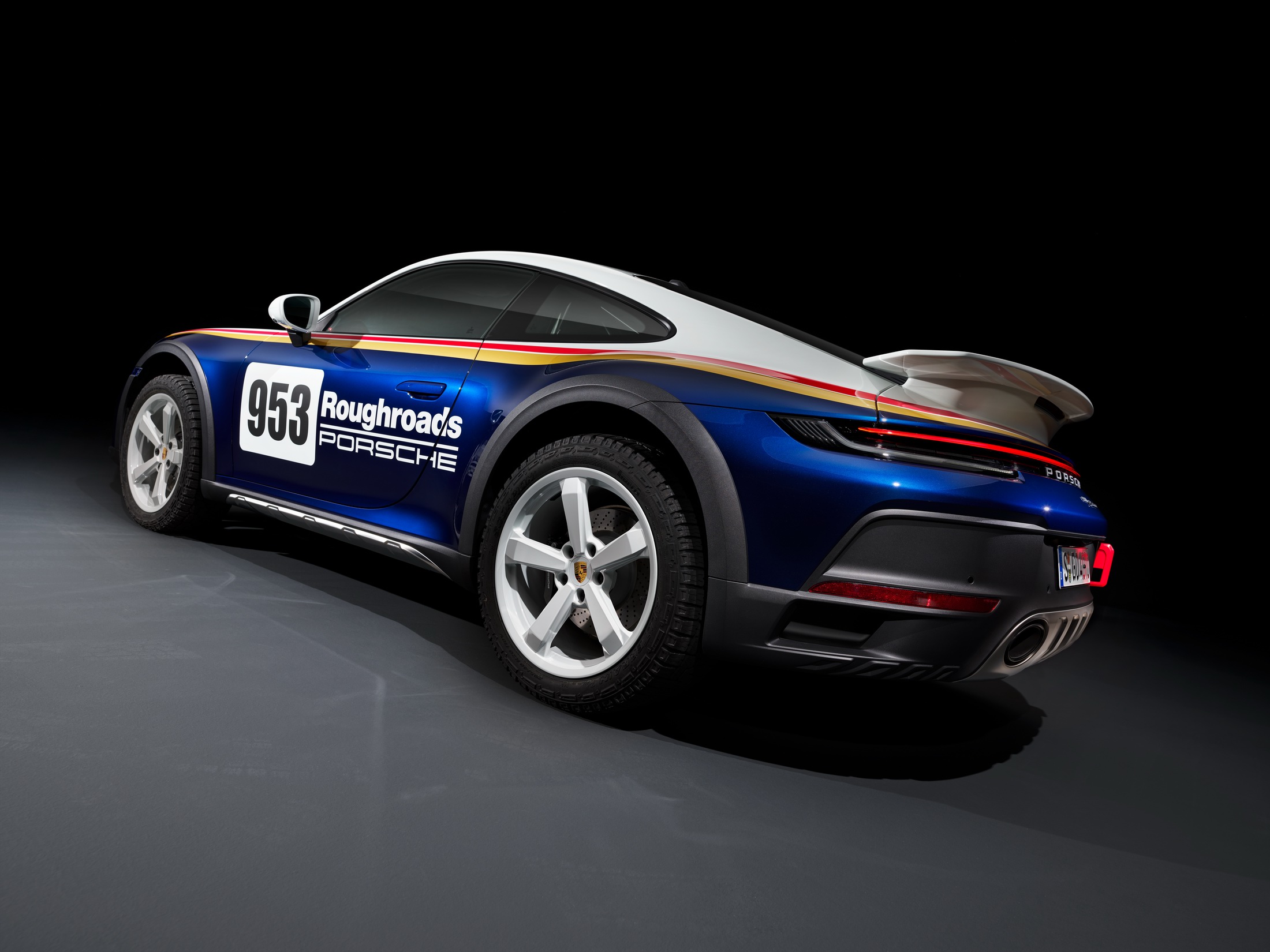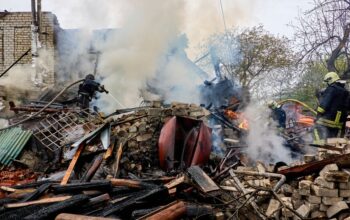Just when you thought the 911 couldn’t get any cooler, Porsche takes its most iconic model to new heights with the 2023 Dakar, an all-wheel drive 911 that won’t sweat it if you swap freeways for farm tracks and still keep the hammer down.
Forget those endless spy shots of drab, matte black prototypes because the production Dakar is bursting with personality, particularly when specced with the optional Rally Design package that takes vital cues from the pioneering all-wheel drive competition 911s that claimed victory in the 1984 Paris-Dakar Rally, paving the way for the 959 supercar.
More: 2025 Porsche Boxster EV Spied Testing With Fake Exhaust
[embedded content]
Central to the character of the $223,450 (including $1,450 for delivery) Dakar is its ride height, which is up 2.0-in (50 mm) over a stock all-wheel drive 911, and can be hiked a further 1.2-in (30 mm). Porsche says the “High Level” off-road mode, which is activated via the steering wheel rotary controller, gives the Dakar a similar level of ground clearance and ramp-over angle to some regular SUVs, and is available at speeds of up to 105 mph (170 km/h), after which it returns to a normal height.
Off-road model is also designed to maximise traction in low-grip situations, while another new mode Porsche calls “Rally” is set up for loose, uneven surfaces and sends a greater portion of its power to the rear axle. Both modes feature Rally Launch Control, which allows 20 percent wheel slip for speedy getaways on loose surfaces, and capitalize on the bite provided by 245/45 ZR19 and 295/40 ZR20 Pirelli Scorpion all-terrain rubber. The Scorpions feature 9 mm-deep tread blocks and two carcass plies for durability in the dirt, though you can option Pirelli P Zero summer or winter tires if you prefer.
Limited To 150MPH, But Does 0-60 In 3.2 Seconds
Unfortunately those trick off-road tires have forced Porsche to impose a 150 mph (240 km/h) limiter, making the Dakar the slowest global-spec 911 since 1983 by our reckoning (though, some 911s with cats were sub-150mph until the 964 arrived in America). That was the year the 152 mph (245 kmh) 3.2 Carrera replaced the 146 mph (235 km/h) SC in Europe. But there’s no doubt the Dakar would go quicker if Porsche let it. The 3.0-liter twin-turbo flat-six is cribbed from the 192 mph (309 km/h) 911 Carrera 4 GTS and sends 473 hp (480 PS) and 420 lb-ft (570 Nm) of torque through a compulsory eight-speed PDK transmission.
The Dakar’s 3.2-second zero to 60 mph time (3.4 seconds to 100 km/h) is only a tenth down on the number Porsche quotes for the $149,900 GTS, and impressive given that those Pirelli Scorpions aren’t designed with drag strip starts in mind. More surprising considering that the Dakar comes loaded with kit like four-wheel steering and dynamic engine mounts, is that the 3,552 lbs (1,611 kg) curb weight comes within 16 lbs (7.3 kg) of a GTS’s, despite the GTS featuring none of those goodies as standard.
But Porsche worked hard to bring the Dakar’s weight down, replacing the electric rear spoiler with a fixed version, fitting the lightweight carbon-reinforced plastic hood from the GT3, thinner glass, bucket seats instead of heavier comfort chairs, and junked the rear seats altogether.
Those kind of features could be found on any RS 911, but the raised ride height, red, forged aluminium tow hooks, fender and rocker panel extensions, tough stainless steel body trim and protective mesh grilles over the air intakes will make sure you’ll never confuse a Dakar for an RS. And if you really want to ram the message home you can kit your 911 out with the Rally Design Package.
The $26,000 Rally Design Package
Costing an estimated $26k (it’s €26,061 in Germany), it brings two-tone White and Enzian Blue paint, red and gold stripes, white wheels, a red taillight strip and “Roughroads” lettering on the doors. Buyers also get to choose an individual race number between 0-999.
Other less expensive Dakar-specific options include Shade Green paint and the off-road roof rack/basket. Capable of holding up to 92 lbs (42 kg) of equipment like spare gas and water canisters and shovels, it’s fitted with a roof light that runs off a dedicated 12-volt socket to make sure you can still play at Baja racer when the sun goes down. You can even order a roof tent so you can stay out until sun-up, and if you’ve still got money to burn after that, there’s always the Porsche Design Dakar chronograph available in standard and Rally Design flavors, each version made from scratch-resistant titanium carbide.
Porsche is only building 2,500 Dakars, though we suspect the model will return again in the next generation of 911 and become a regular fixture, a bit like the GT3 RS and Speedster. The model’s versatility and sheer novelty – this is the first really different 911 in a long time – means getting allocated a car is going to be tough.
And even if you can get a car, you’ll have to decide whether that’s a better 911-shaped home for your $220,020 (plus $1,450 destination) than a 911 GT3 RS or 911 Turbo S, which cost almost exactly the same, but have radically different characters. Which would you choose? Drop a comment below and let us know.



